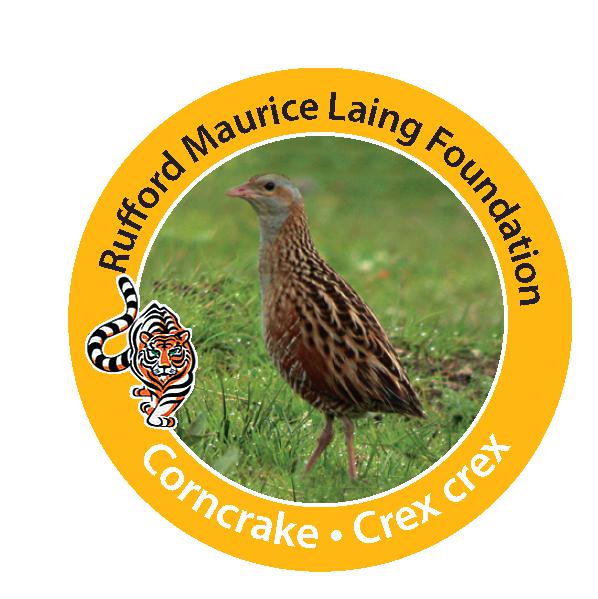Todor Todorov
The aim of the project is studying, monitoring and protection of the corncrake in North-West Bulgaria

Promotional Materials.
The project is a local initiative for protection of the habitats of Corncrake - globally endangered species living on agricultural land. The aim of the project is studying, monitoring and protection of the corncrake in North-West Bulgaria – one of its richest habitats in Bulgaria and in Europe – and developing a model for management and modification of the agricultural practices in order to guarantee the species’ survival. The project results will serve the national authorities in implementing the future agri-environmental measure of the EU for this region.
The project idea came few years ago when a meadow-owner reported of an unknown bird nesting on his land. It was a corncrake. The man deliberately left part of the grass uncut to secure the bird’s nesting, but unaware people inadvertently destroyed the nest. Then I decided to study the population of this human-dependent species and to work with local population for its protection.
The corncrake is included in the list of Globally threatened species and is listed in the annexes of the Bern and Bonn Conventions and the EC Bird Directive. In Bulgaria it is protected by law and included in the Red List. The last national monitoring of the species (1996-1997) evaluated the population as 4000-8800 males, whereas the major population is found in Northwest Bulgaria - the working area of this project.
The Corncrake is exclusively connected to agricultural land. The European Environmental Agency listed it as priority species in designating high-nature-value farmlands. Such farmlands have not been identified in Bulgaria and the current project will serve for developing methodology for designating them.
The project will be targeted both towards studying, monitoring and protection of the Corncrake, and towards developing a model for applying management measures to high-nature-value farmlands. As a result of the project the major nesting meadows on the territory of 100 miles in Northwest Bulgaria will be identified. Up-to-date data on the species will be gathered and analysed. The land-owners and the current agricultural practices on the priority meadows will be identified. Measures for modification of these practices in line with the conservation objectives will be defined and work on educating the owners and applying the measures together with them will start. As a result of student field trainings, future monitoring of the species will be secured. The developed model for management on high-nature-value farmlands will serve for applying the future agri-environmental measure in the region. This measure will ensure the long-term sustainability of the project results.
The project will be implemented in the period 06.2005-09.2006.